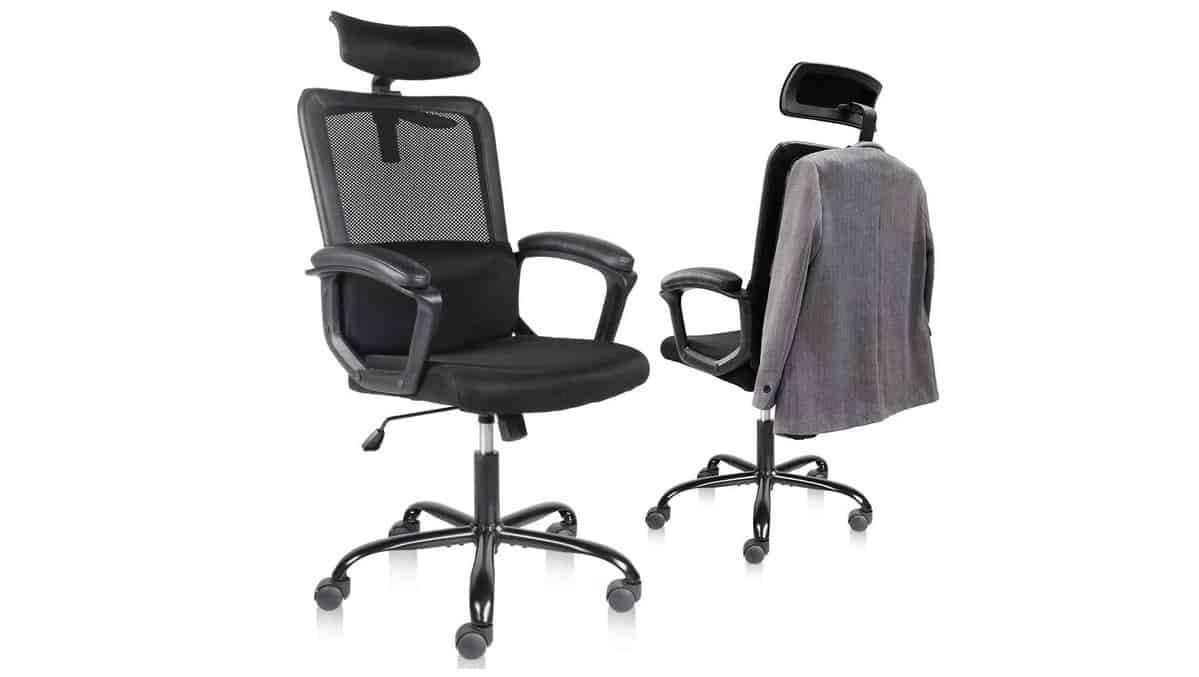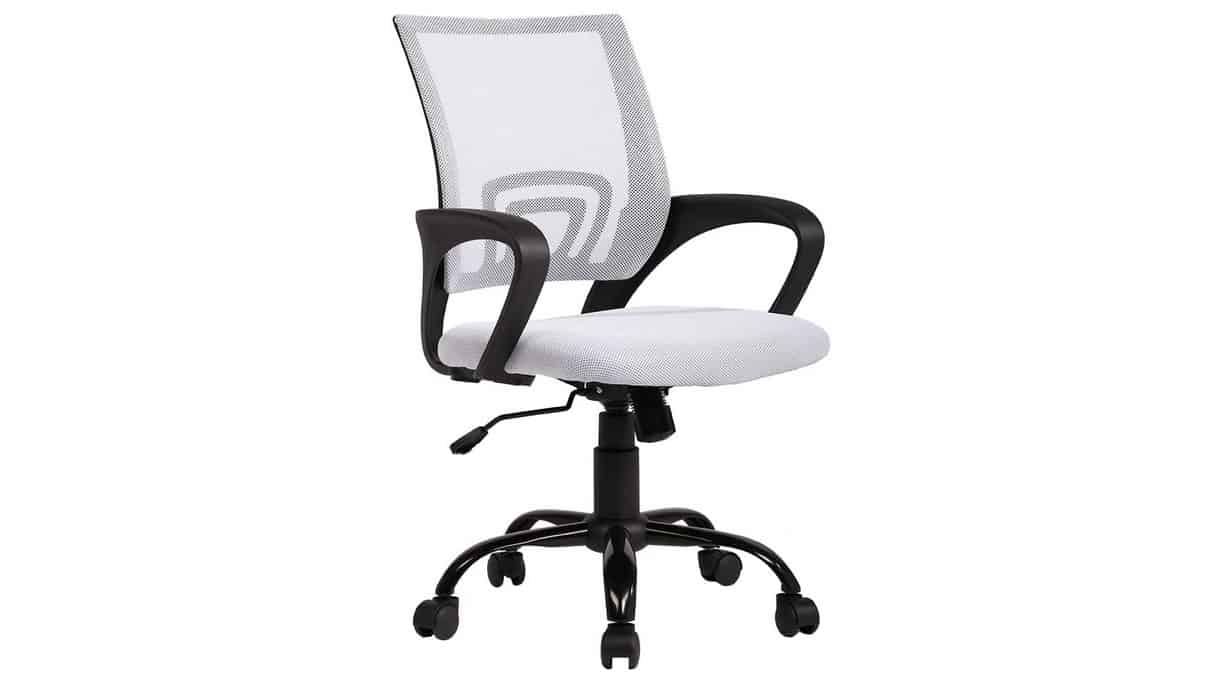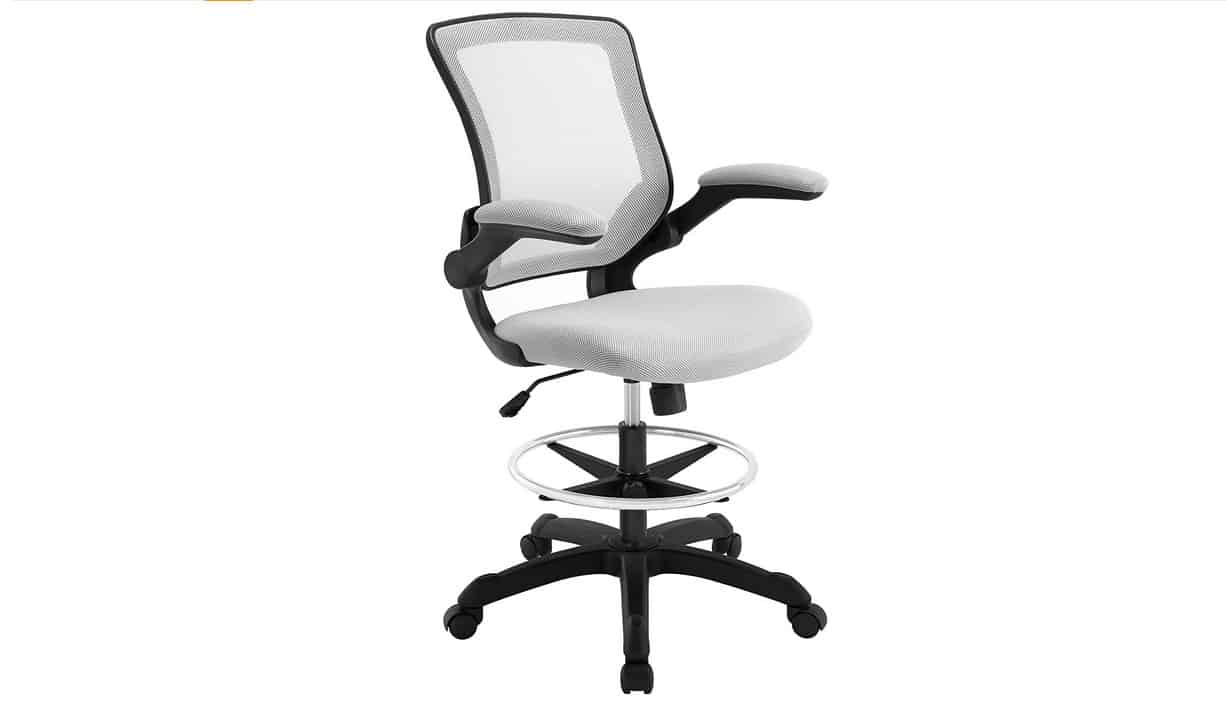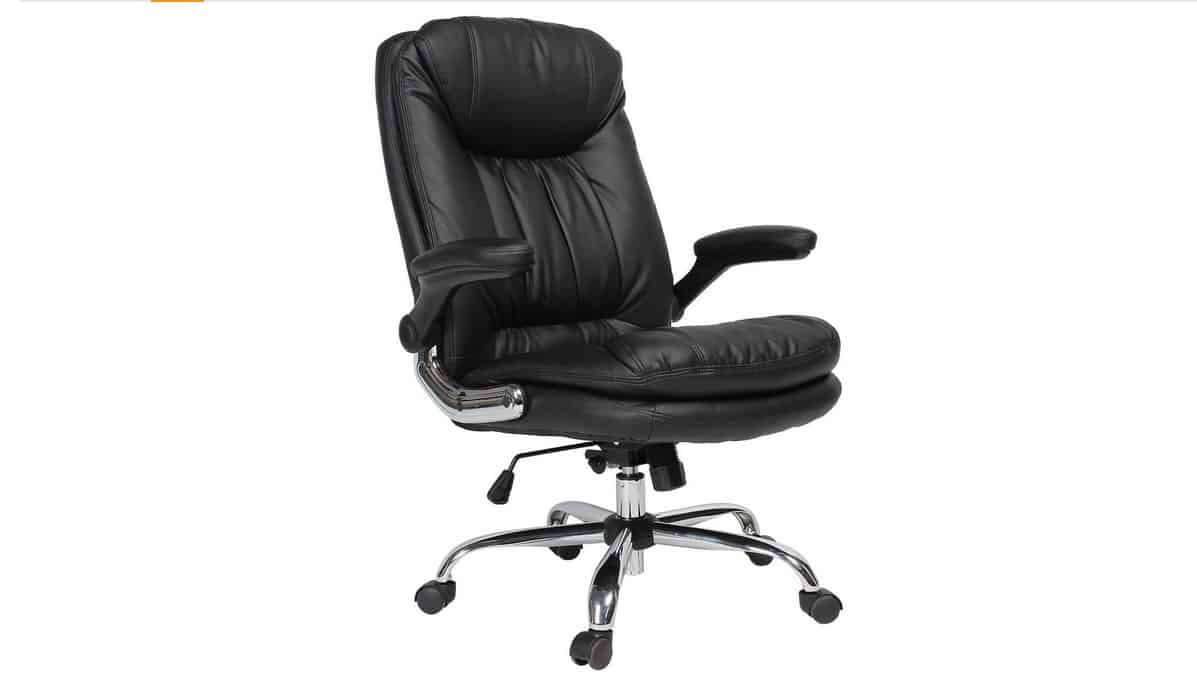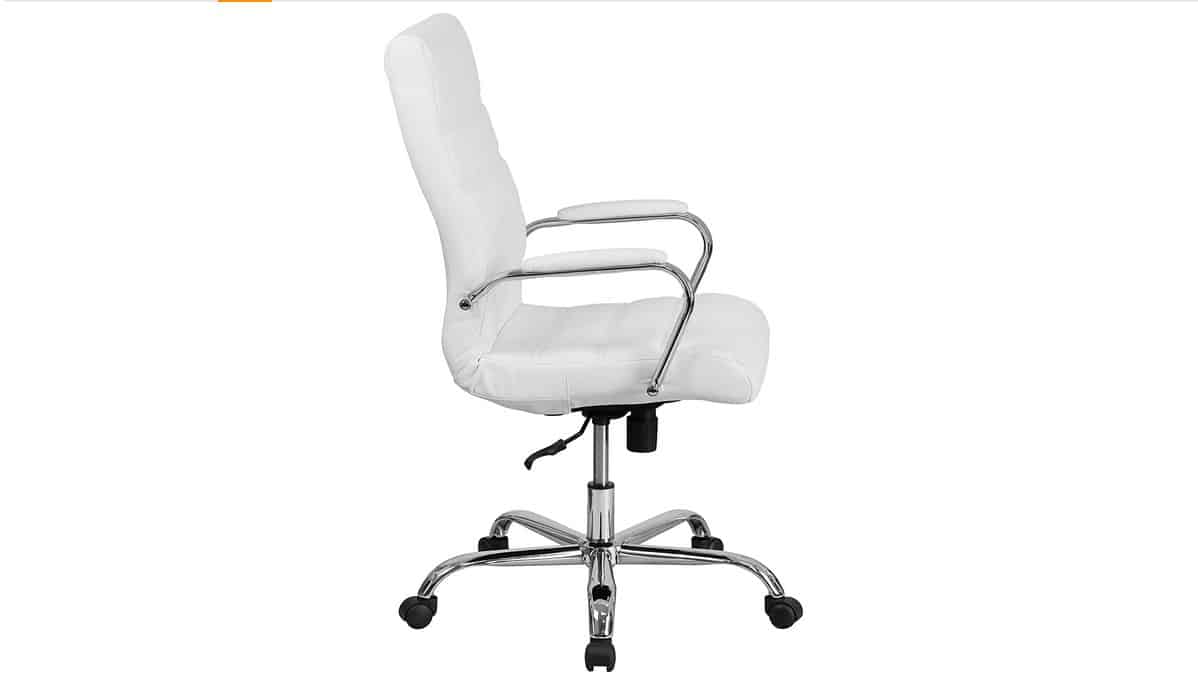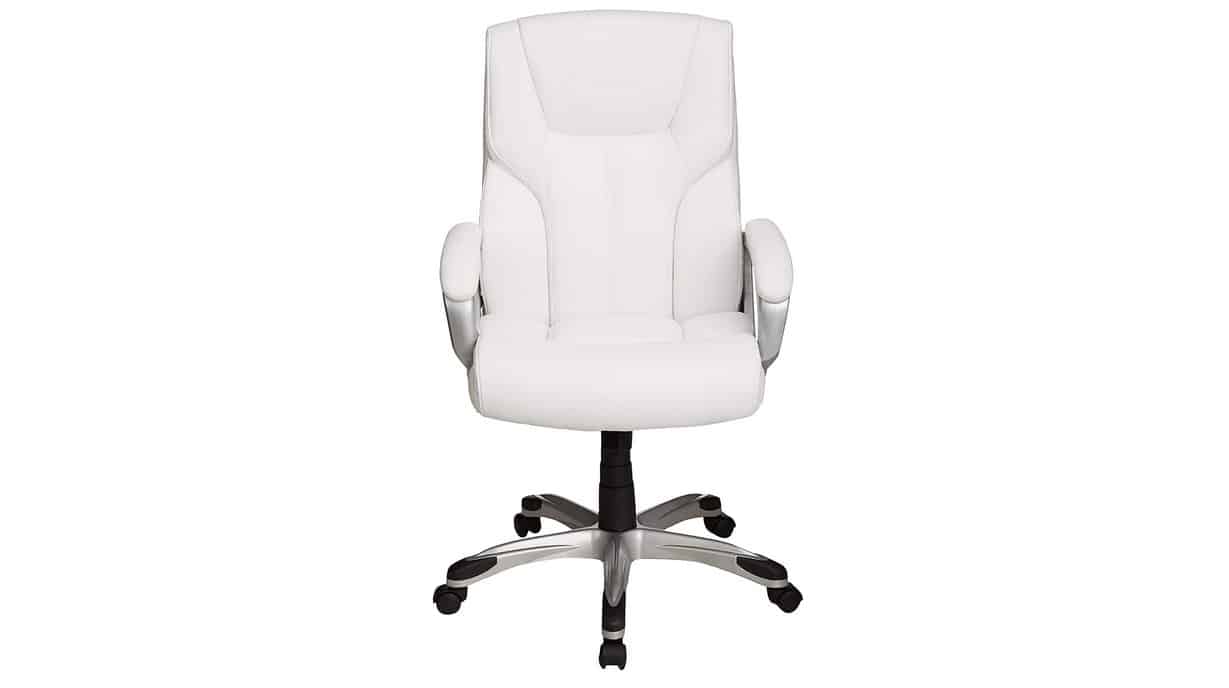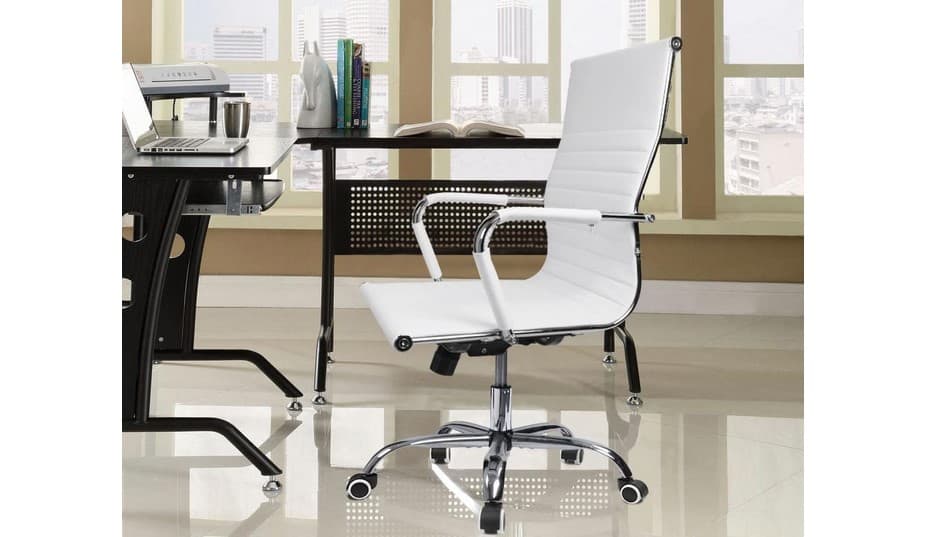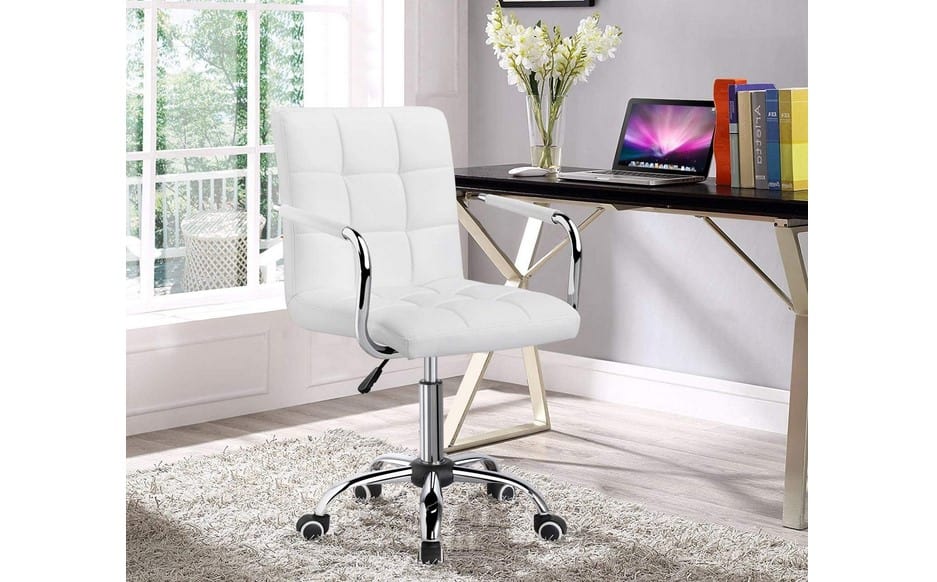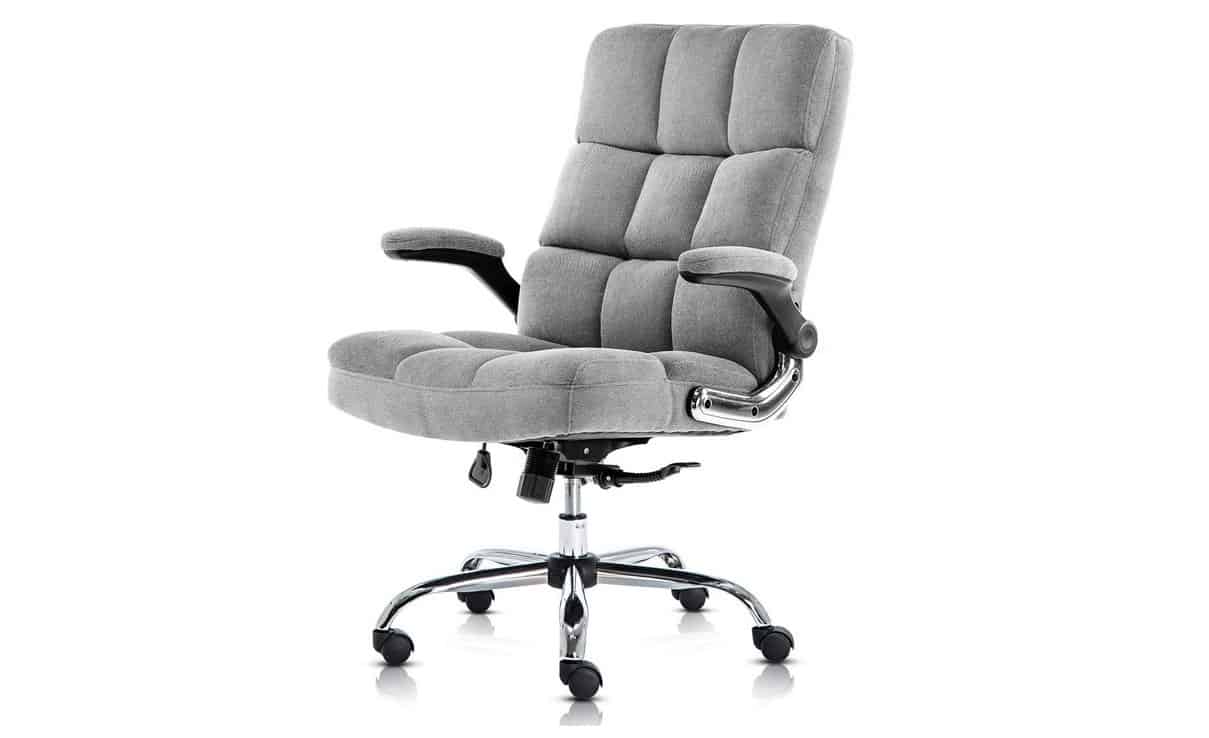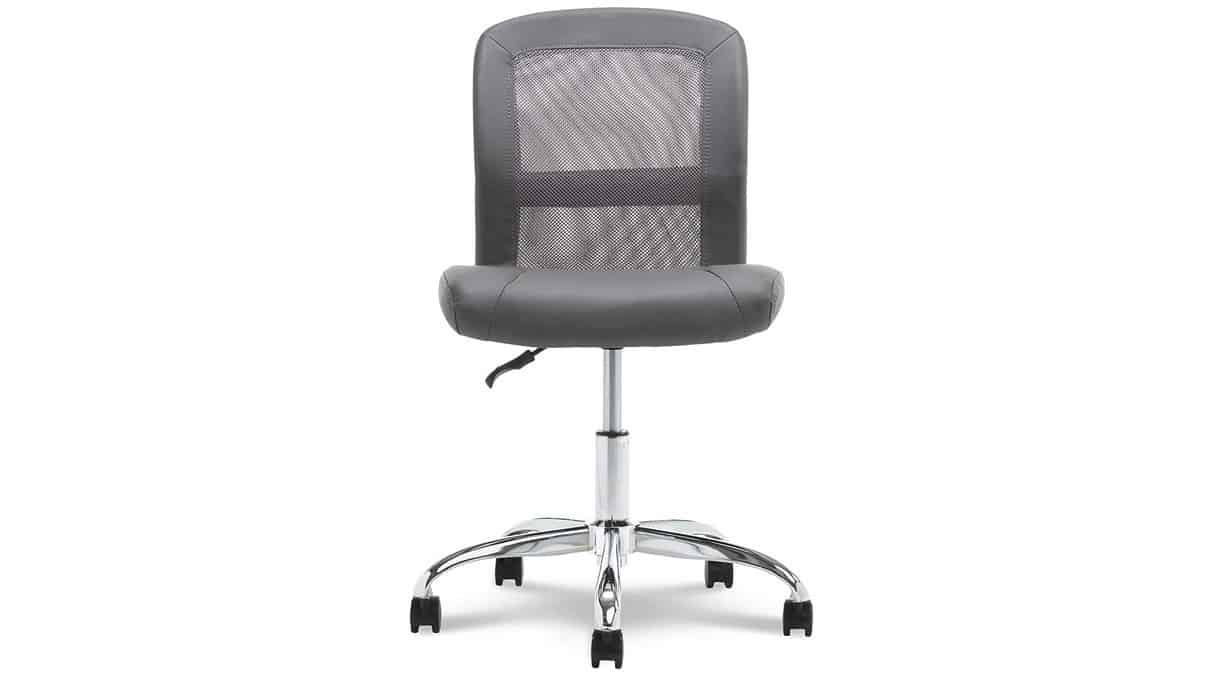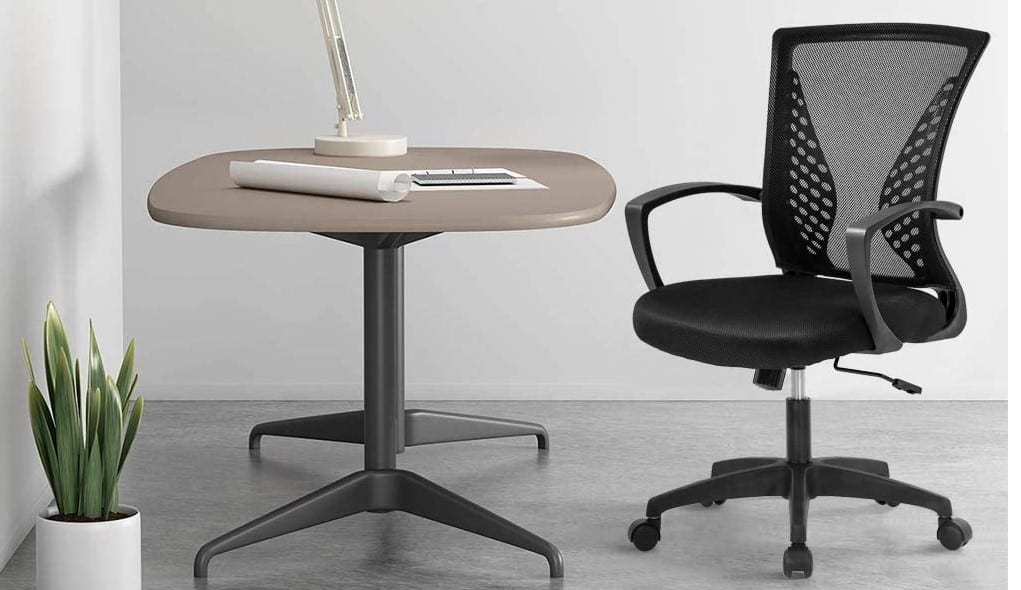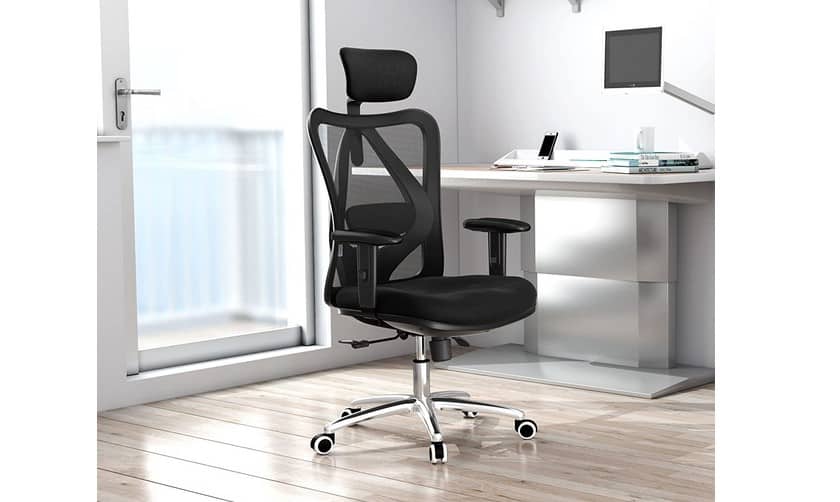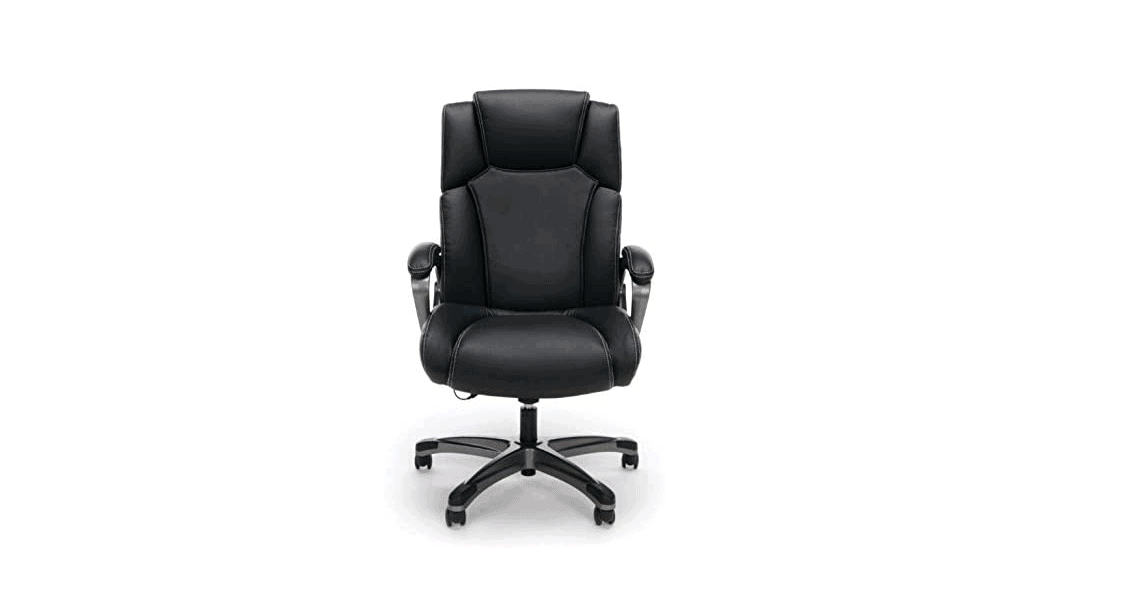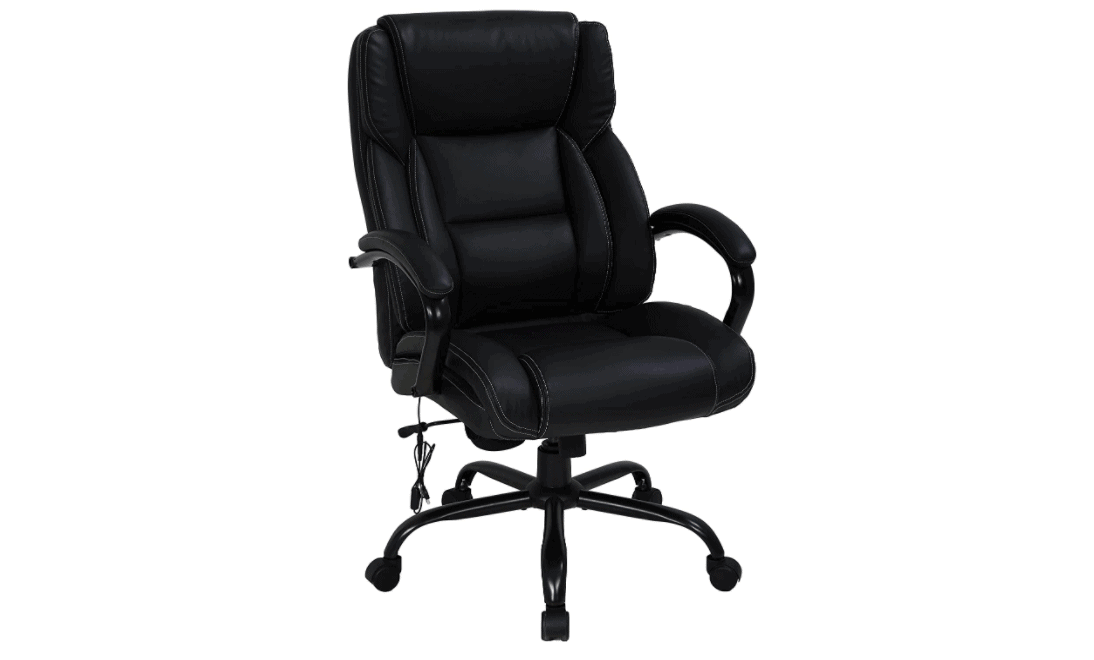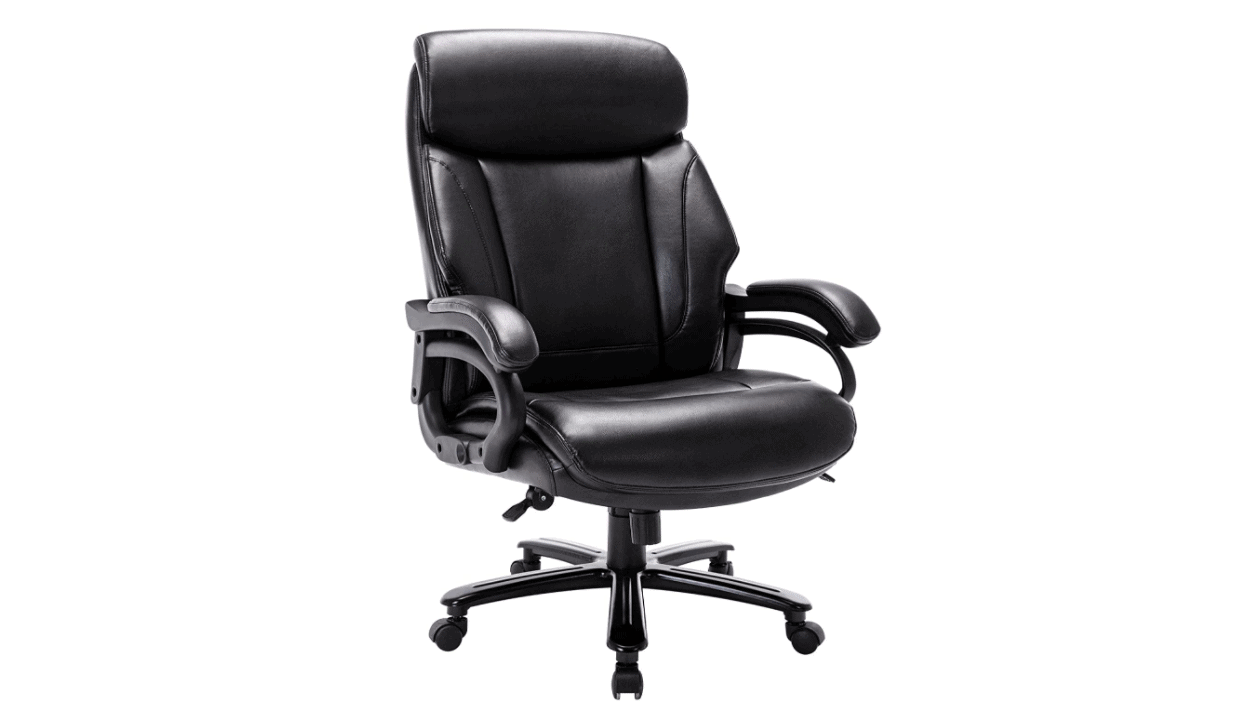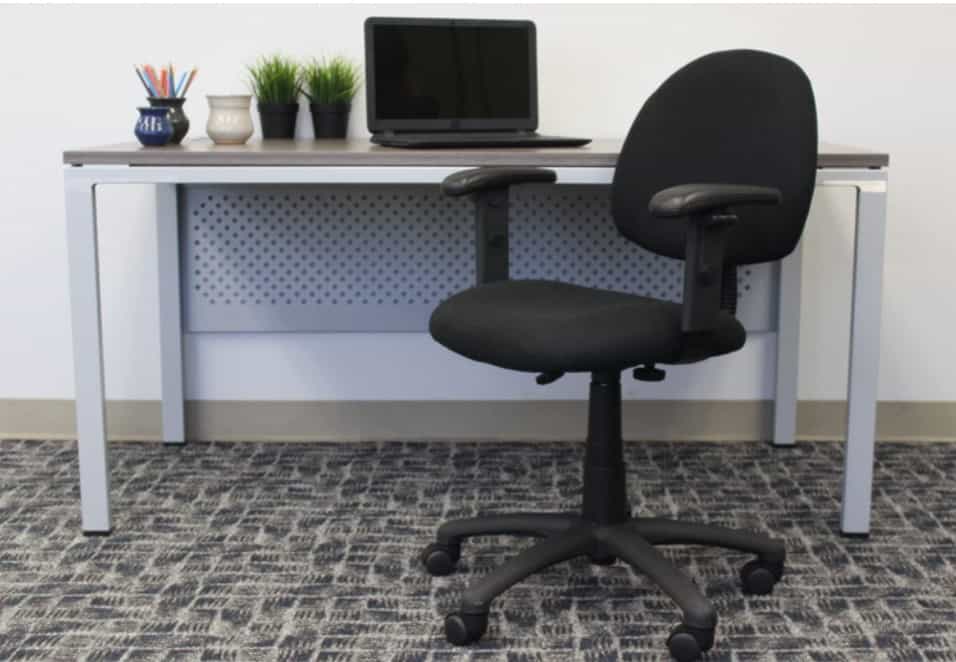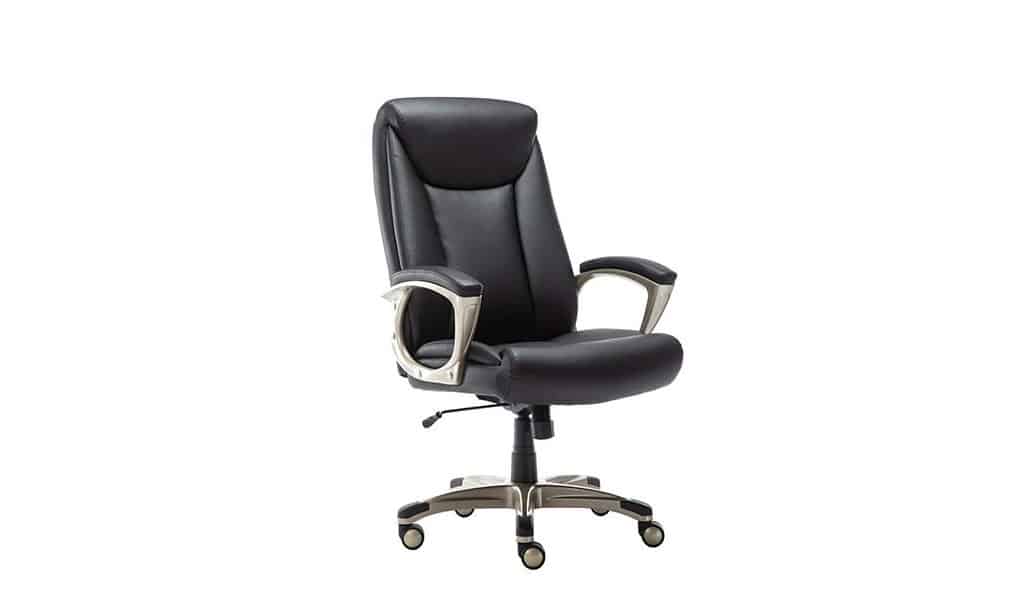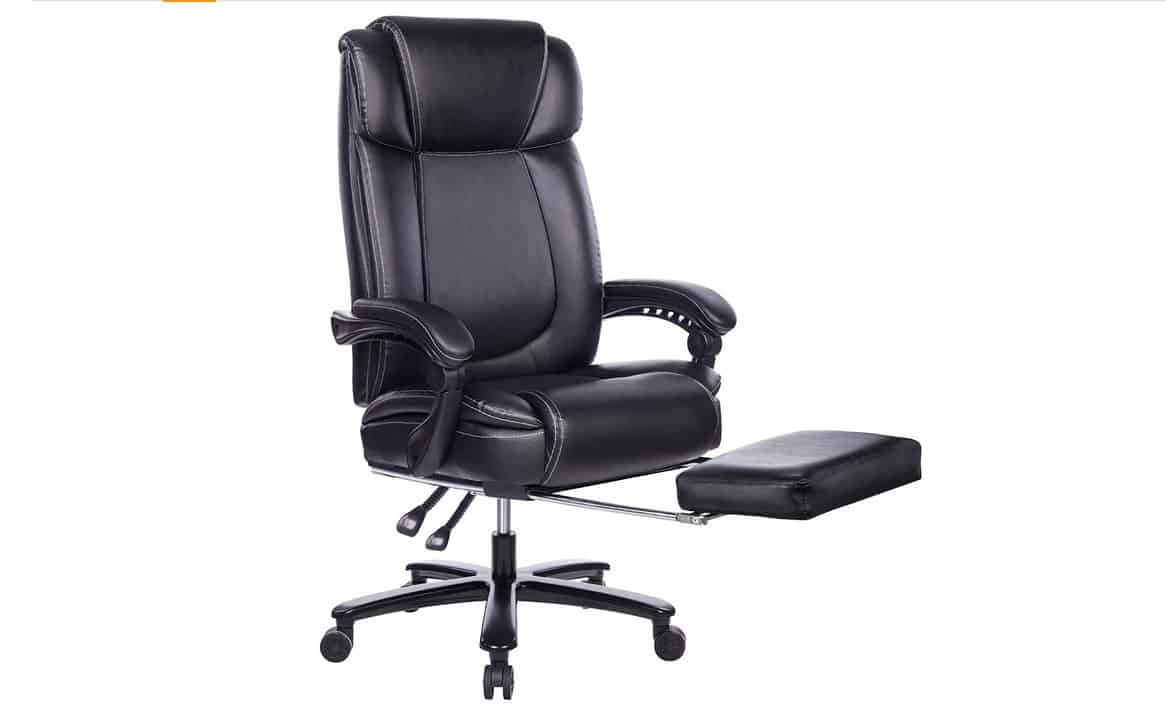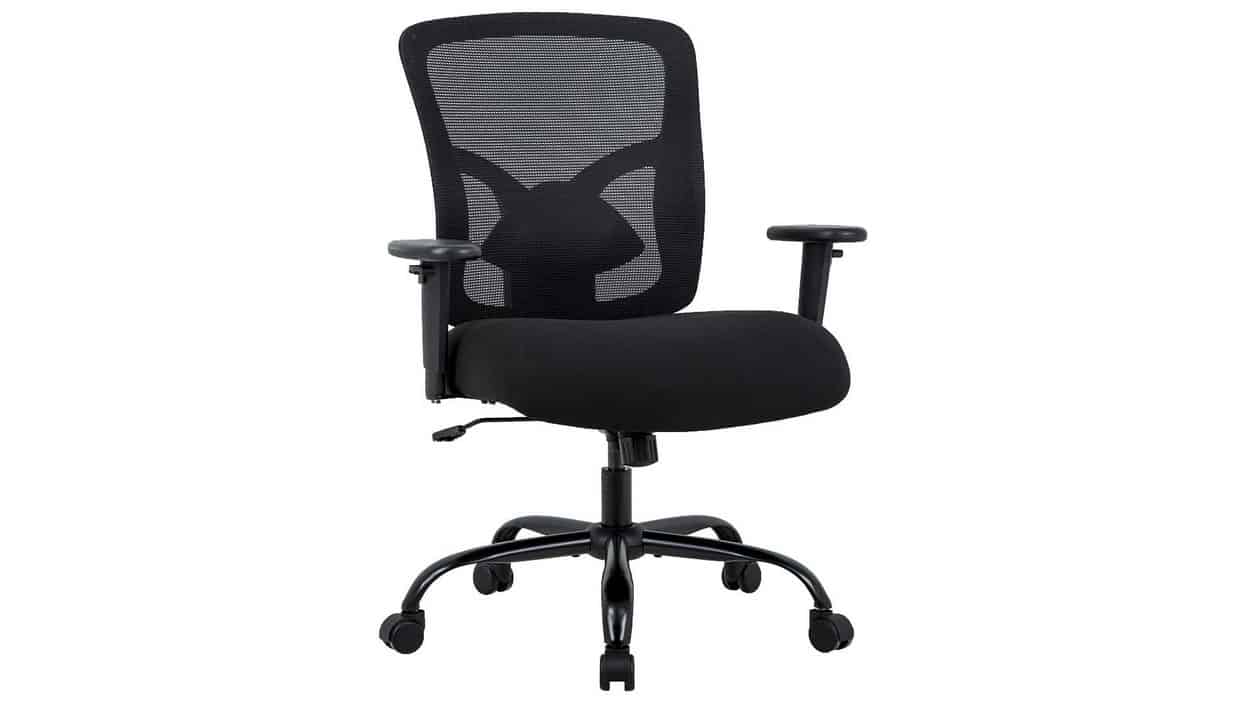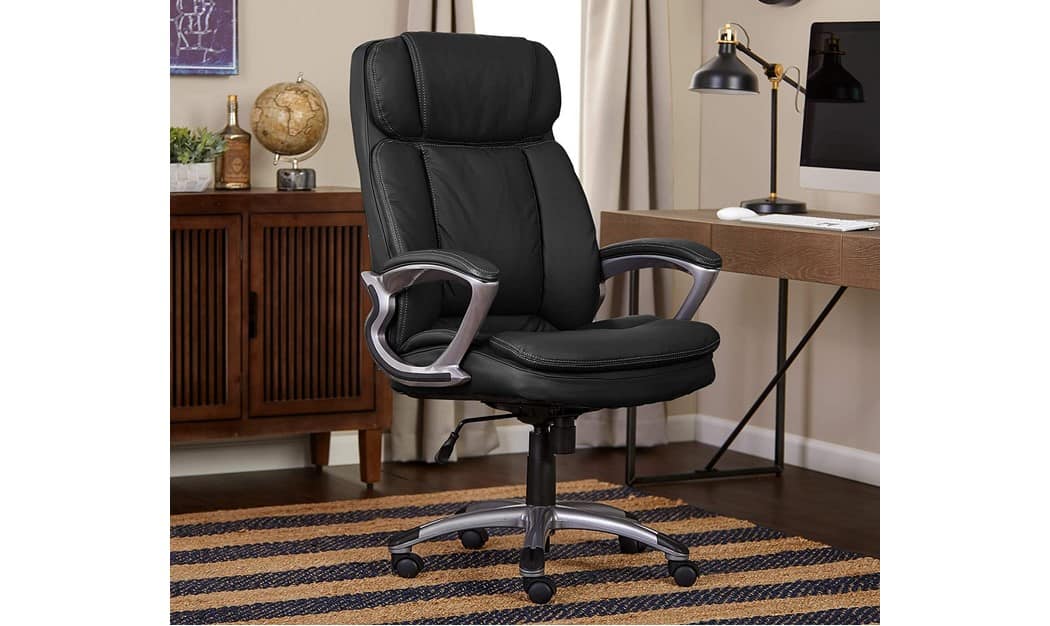Office chair backs are consistently put through the grinder, enduring countless reclines and taps during your average workday. Over time, even the best office chair backs could become worn or lose their locking position due to a detective tilt mechanism or gas cylinder. When pushing the backrest, straining or creaking is one of the more obvious signs of breakage. Keep reading to learn more about steps you can take to fix and maintain office chair backs.
KEY TAKEAWAYS:
- Office chair backs withstand lots of abuse due to normal wear and tear and constant pressure placed against it.
- Not fixing an office chair back in time could result in back pain.
- It takes no more than 30 minutes to fix an office chair back using a pair of pliers, wrench, microfiber cloth/paper towel, pry bar, or rubber mallet.
Tools Needed: Pliers, wrench, microfiber cloth/paper towel, pry bar, or rubber mallet
Repairing an Office Chair Back
Here are steps you can take to fix broken and stuck office chair backs that do not recline.
STEP 1 Examine the Chair and Recline Tension if Needed
Examine the office back thoroughly and perform a quick diagnosis. Will it not recline? If it does not recline, find the tension adjustment knob (usually located underneath the seat) and adjust its level using the crank, job, or levered tension adjustment. Reduce the recline tension by a marginal degree and sit back on the chair.
If you encounter a sinking or stuck feeling or hear a popping sound it is due to a defective recline tension knob. Use a wrench to release the tension knob or lever back into position. If it is the base of the chair then you may have to learn how to drill a hole in the bottom of the office chair.
STEP 2 Check If the Issue is Due to a Defective Gas Cylinder
If your stuck office chair back is emitting a popping sound, it may be caused by a defective gas cylinder.
Here are steps you can take to fix broken and stuck office chair backs with a faulty gas cylinder.
STEP 1 Prepare the Chair
Turn the office chair over and use a pair of pliers to remove the gas cylinder clip, followed by its washer. The gas cylinder clip is typically squarish in shape.
STEP 2 Pry/Remove Support
Use your hands to pry apart the star-shaped caster’s support and remove all rings and bearings on the top of the cylinder. Ensure you place all of these items in a logical order separately, as you will need to add them back later.
STEP 3 Clean Cylinder
Remove excess oil and small debris from your cylinder using a microfiber cloth or paper towel. You may also use a degreaser. Be sure not to apply degreaser directly into the gas cylinder. Add it to the paper towel first.
STEP 4 Add Lubricant
Apply a generous coat of lubricant to the cylinder. Repeat Steps 1 and 2 in reverse order. Be sure the retainer clip is placed back on sturdily to avoid rocking.
Note, the gas cylinder may be completely wasted. In this case, you will need to purchase a replacement gas cylinder.
STEP 3 Check to See If Your Chair Needs Adjustment
To start, refer to your workstation /desk’s height. Adjust your chair’s height so that its highest point sits below your kneecap and modify your work desk height so that your elbows are resting on top of your desk at a 90-degree angle. Keep your feet completely level. If your feet are completely level and elbows sitting at 90 degrees, then your office chair back has been properly adjusted. You can also check for butt dents and fix the butt dent leather office chair for overall comfortability. Most importantly, know what to put under the office chair on hardwood to ensure it serves you for a longer period.
F.A.Q.
How do I keep my office chair wheels (castors) clean & free from drag?
Our recommendation is to use a chair mat. This will allow your casters and wheels to glide smoothly and not snag on carpet or any other rough surface.
How do you fix a squeaky desk chair?
One of the best tricks in fixing a squeaky desk chair is to loosen all nuts, bolts, and screws, before spraying a lubricating oil, such as WD-40. Once the lubricating oil is applied, wipe the excess off with a dry microfiber cloth. This will help all components stay squeak-free.
Why do office chairs wobble?
There are many reasons why office chairs could wobble. Often, it’s due to a faulty control mechanism and misaligned casters. Its pneumatic cylinder and control mechanism could also be misplaced, resulting in leaning to one side.
How do I maintain my office chair?
It is very important to clean and maintain your office chairs regularly to avoid defective chair backs. Be sure all fasteners are tightened to better support your body’s weight and for example the backplate from time to time. Check that your tension knob is not set too high or your office chair may fail to recline. Your recline lever may also need a replacement or fixing.
STAT: Expect to pay somewhere between $100 and $400 for the majority of office chairs, even though you can get more affordable very basic models, and much more expensive deluxe options if you should so desire. (source)
REFERENCES:
- https://chairpickr.com/common-office-chair-issues-and-solutions/
- https://www.familyhandyman.com/project/office-chair-repair/
- https://www.youtube.com/watch?v=V3fvFahxwAIr
- https://theinventory.com/before-you-replace-your-desk-chair-try-replacing-just-1837102657
- https://standorsit.com/office-chair-wont-recline-how-to-fix-it-yourself/















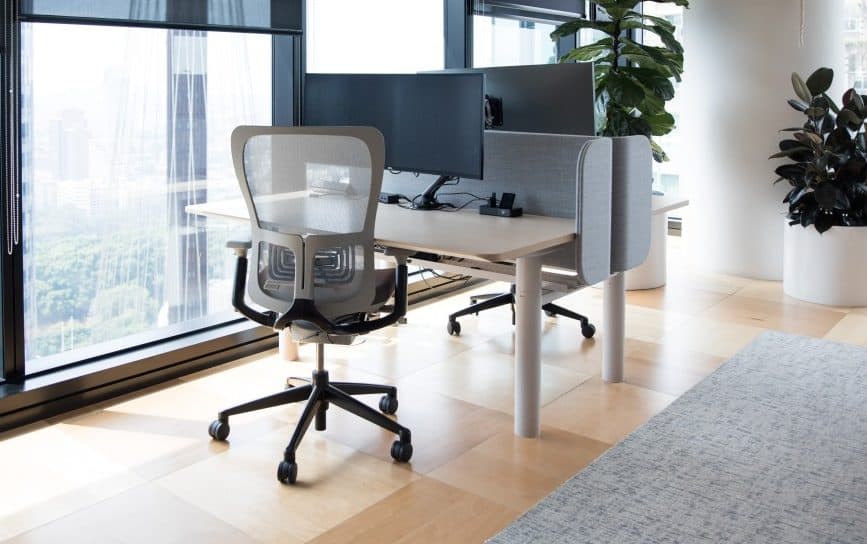
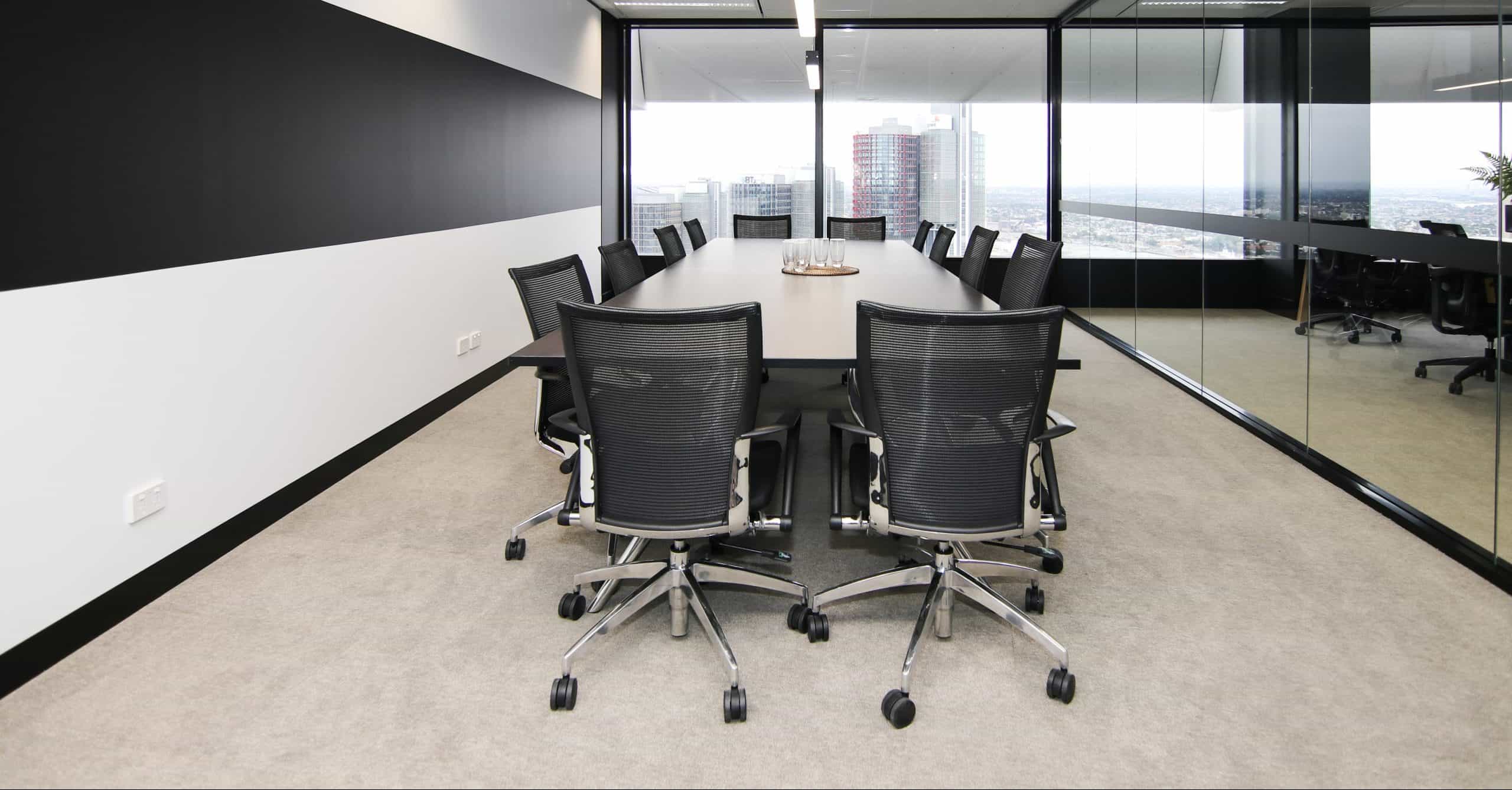
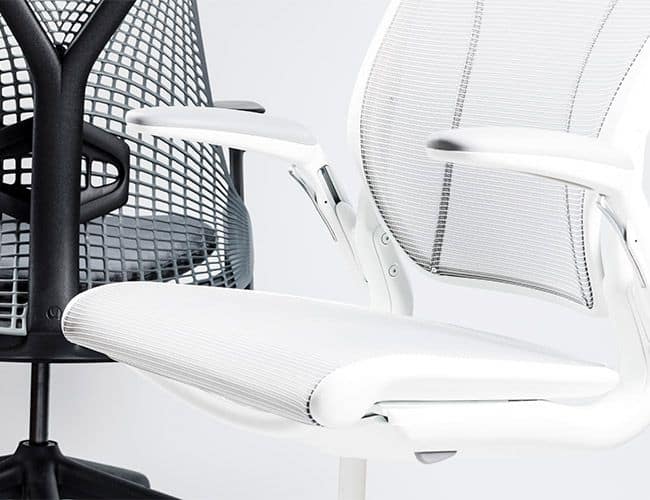
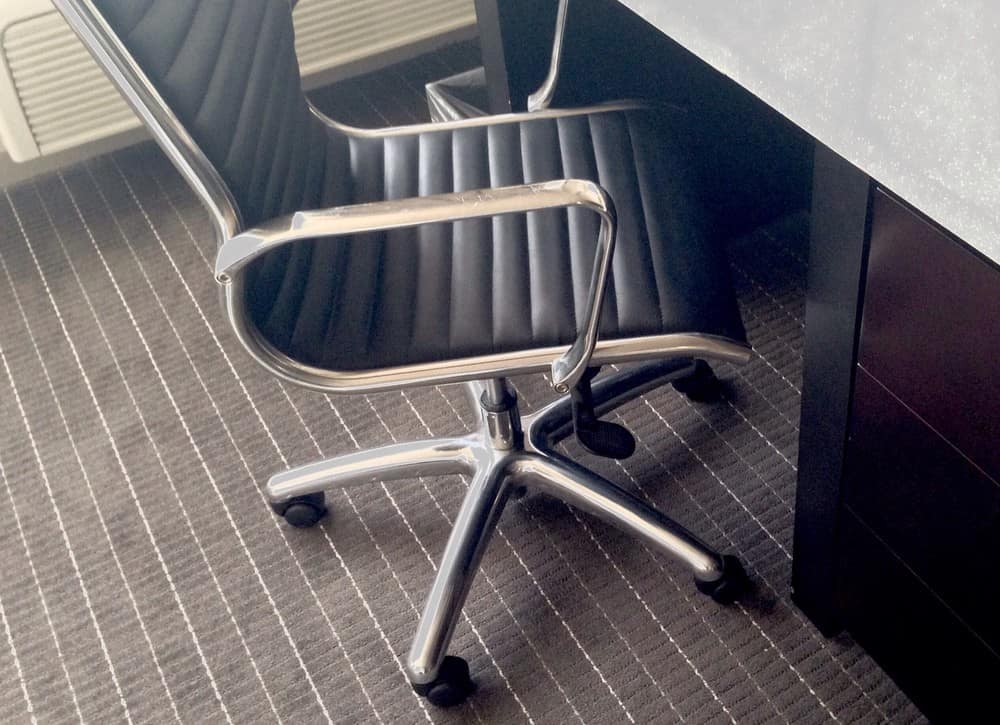

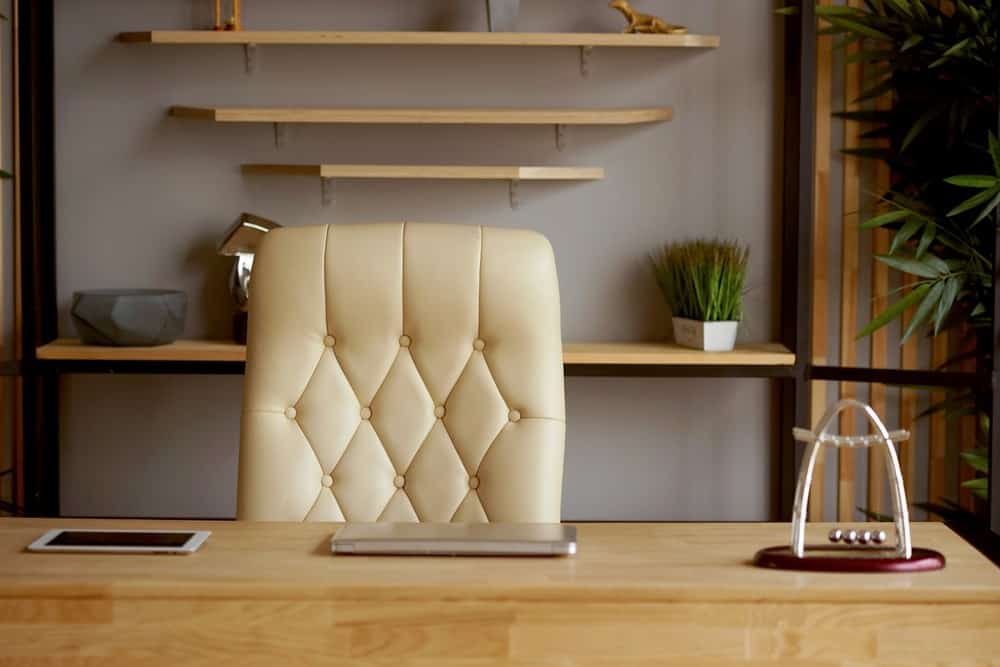
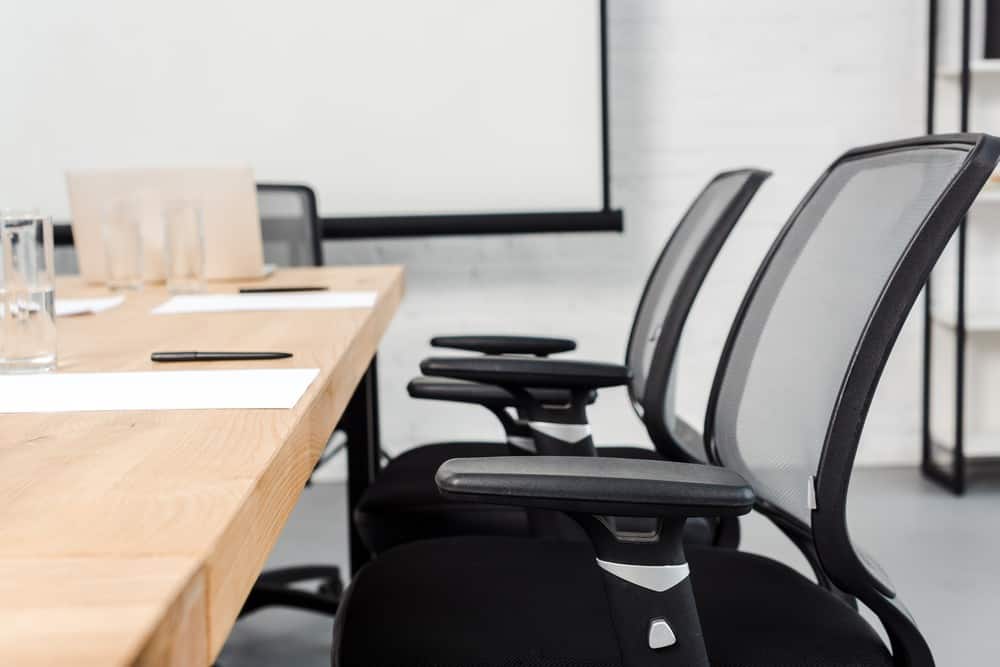


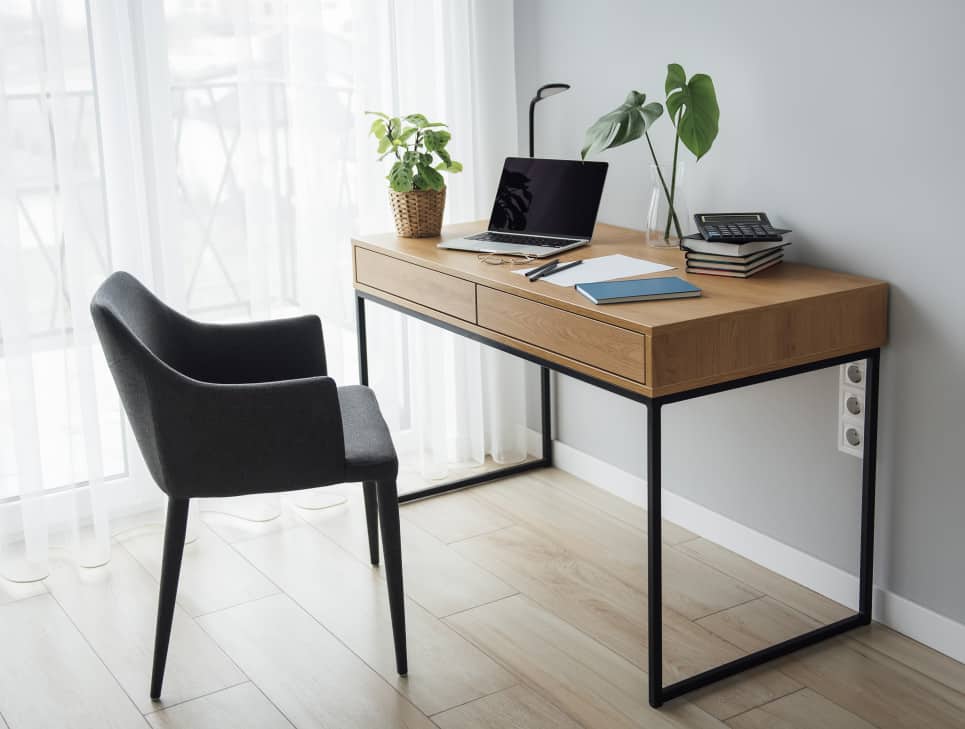
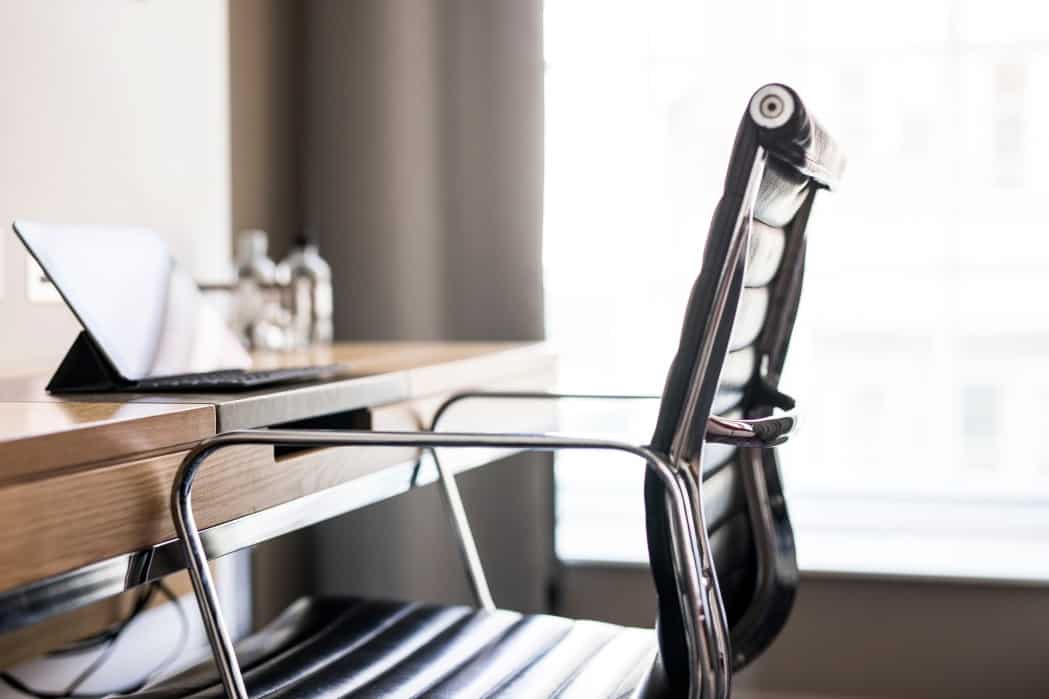

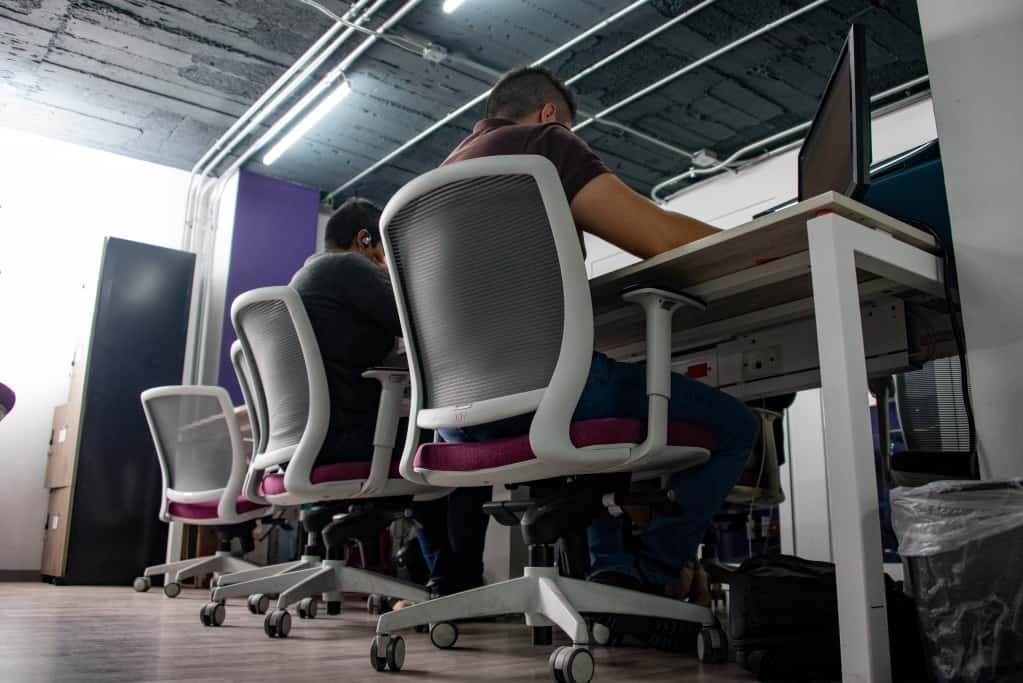
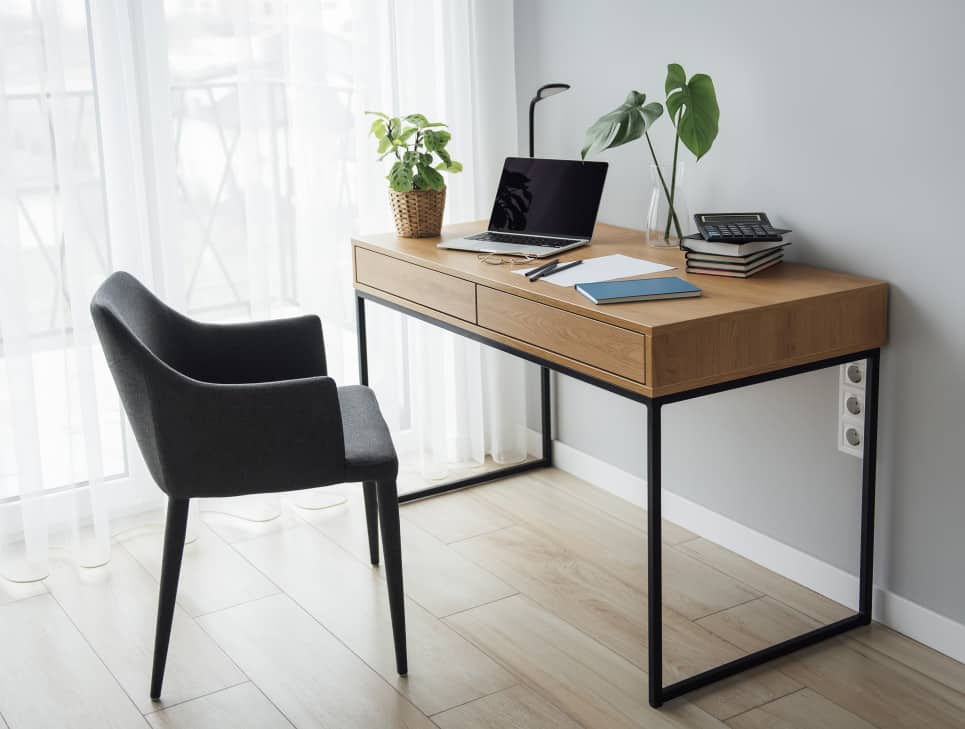

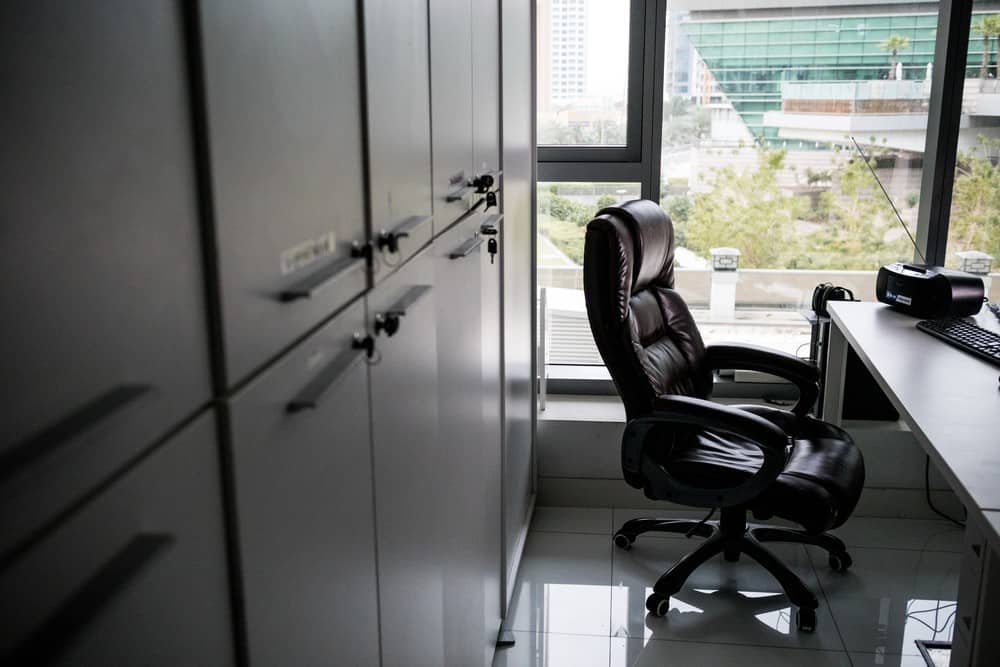
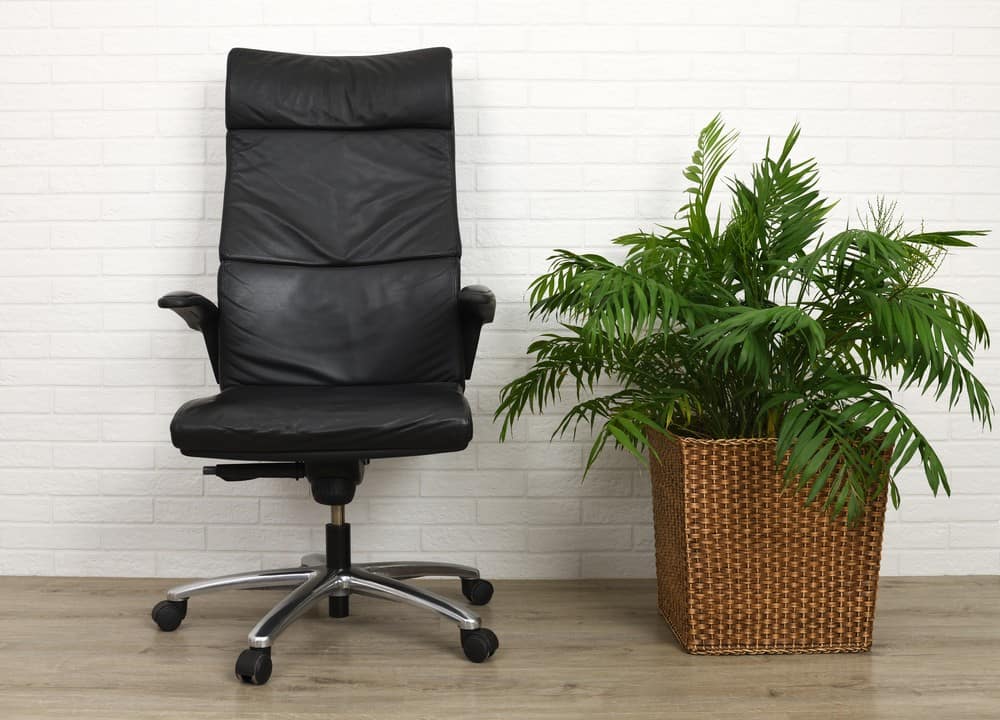

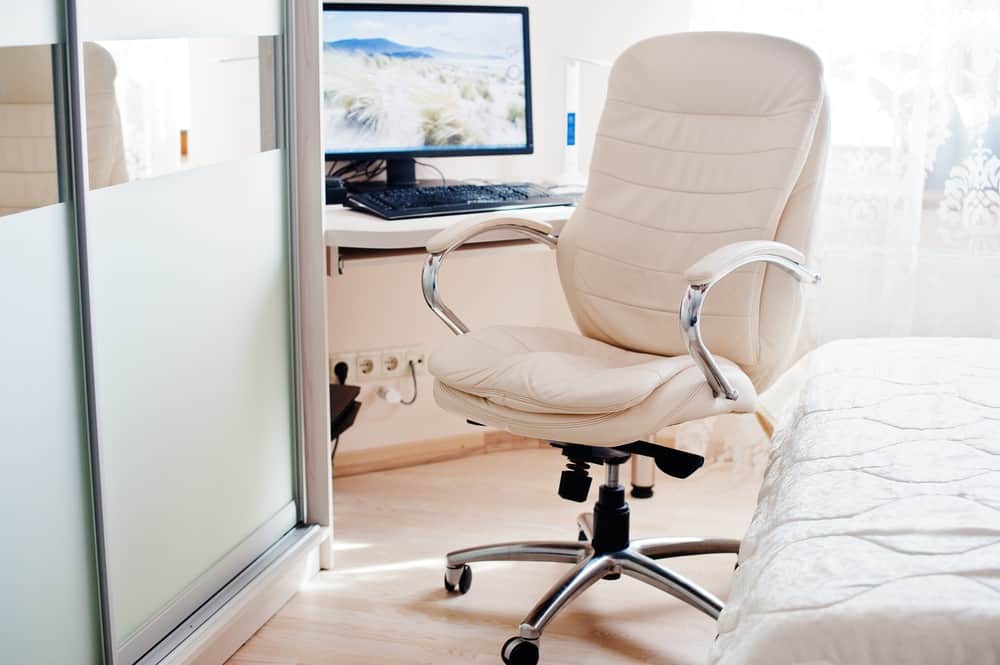
![Best Office Chair in [year] ([month] Reviews) 27 Best Office Chair in 2026 (January Reviews)](https://www.gadgetreview.dev/wp-content/uploads/best-office-chair-image.jpg)
![Best Office Chairs for Sciatica in [year] 28 Best Office Chairs for Sciatica in 2026](https://www.gadgetreview.dev/wp-content/uploads/best-office-chair-for-sciatica-image.jpg)
![Best Office Chairs for Hip Pain in [year] 29 Best Office Chairs for Hip Pain in 2026](https://www.gadgetreview.dev/wp-content/uploads/best-office-chair-for-hip-pain-image.jpg)
![Best Chairs for Programmers in [year] 30 Best Chairs for Programmers in 2026](https://www.gadgetreview.dev/wp-content/uploads/best-chair-for-programmers-image.jpg)
![Best Haworth Office Chairs in [year] 31 Best Haworth Office Chairs in 2026](https://www.gadgetreview.dev/wp-content/uploads/best-haworth-office-chairs-image.jpg)
![Best Wooden Office Chairs in [year] 32 Best Wooden Office Chairs in 2026](https://www.gadgetreview.dev/wp-content/uploads/best-wooden-office-chairs-image.jpg)
![Best Humanscale Office Chairs in [year] 33 Best Humanscale Office Chairs in 2026](https://www.gadgetreview.dev/wp-content/uploads/best-humanscale-office-chairs-image.jpg)
![Best Herman Miller Office Chairs in [year] 34 Best Herman Miller Office Chairs in 2026](https://www.gadgetreview.dev/wp-content/uploads/best-herman-miller-office-chairs-image.jpg)
![Best Steelcase Office Chairs in [year] 35 Best Steelcase Office Chairs in 2026](https://www.gadgetreview.dev/wp-content/uploads/best-steelcase-office-chairs-image.jpg)
![Best Leather Office Chairs in [year] 36 Best Leather Office Chairs in 2026](https://www.gadgetreview.dev/wp-content/uploads/best-leather-office-chairs-image.jpg)
![Best Fabric Office Chairs in [year] 37 Best Fabric Office Chairs in 2026](https://www.gadgetreview.dev/wp-content/uploads/best-fabric-office-chairs-image.jpg)
![Best Hon Office Chairs in [year] 38 Best Hon Office Chairs in 2026](https://www.gadgetreview.dev/wp-content/uploads/best-hon-office-chairs.jpg)

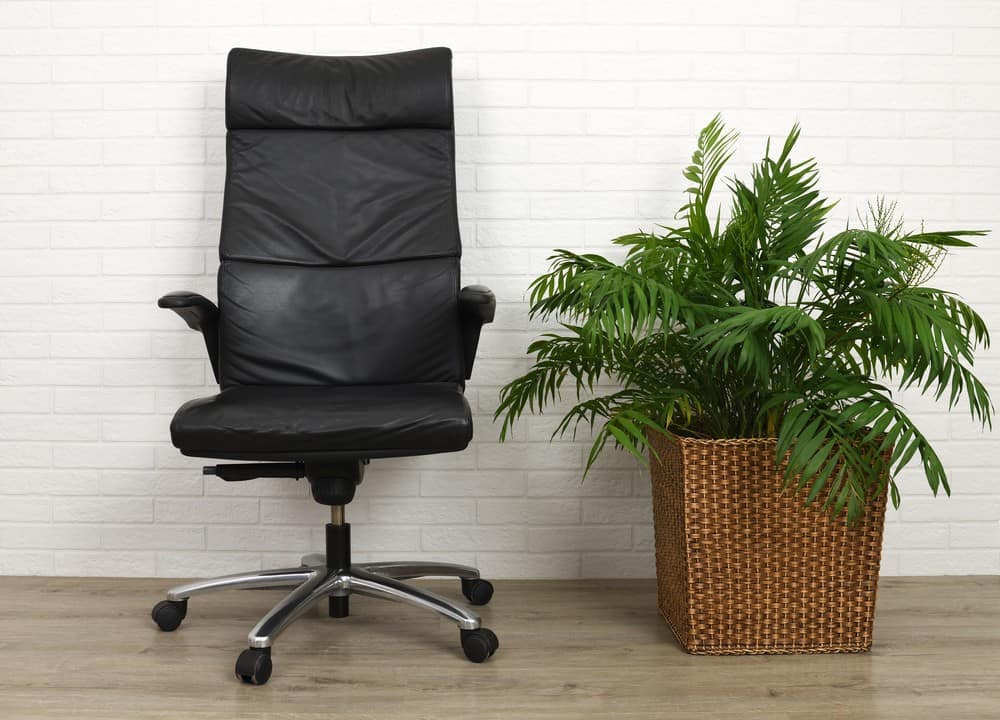
![10 Best Mesh Office Chairs in [year] 41 10 Best Mesh Office Chairs in 2026](https://www.gadgetreview.dev/wp-content/uploads/Best-Mesh-Office-Chair.jpg)
![10 Best High Back Office Chairs in [year] 42 10 Best High Back Office Chairs in 2026](https://www.gadgetreview.dev/wp-content/uploads/Best-High-Back-Office-Chair.jpg)
![10 Best White Office Chairs in [year] 43 10 Best White Office Chairs in 2026](https://www.gadgetreview.dev/wp-content/uploads/Best-White-Office-Chair.jpg)
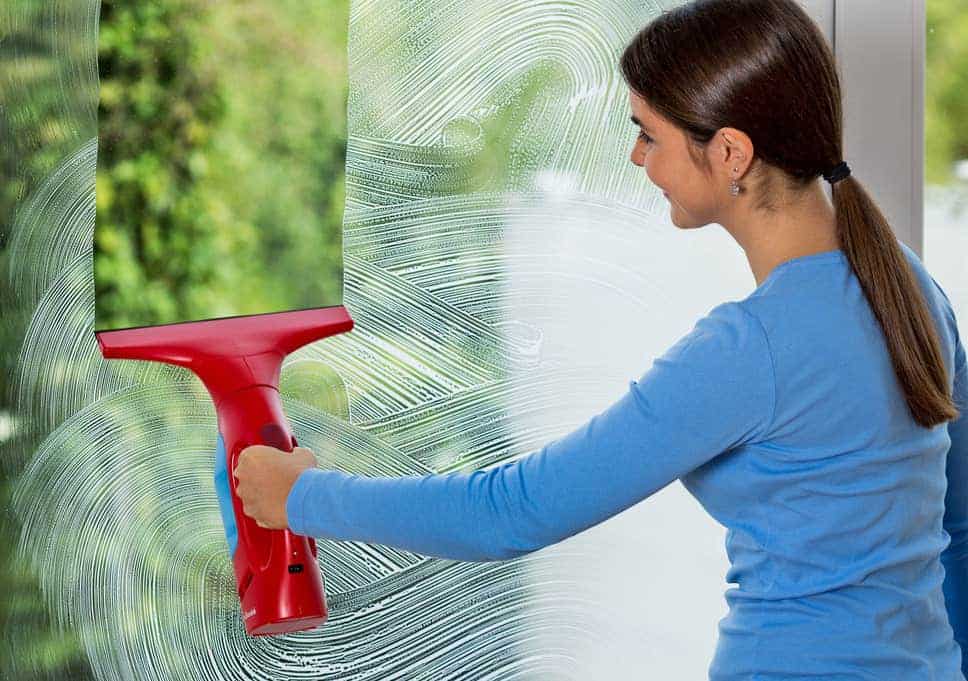
![Best Office Chair Under $300 in [year] ([month] Reviews) 45 Best Office Chair Under $300 in 2026 (January Reviews)](https://www.gadgetreview.dev/wp-content/uploads/chair-lower-back-pain.jpg)
![10 Best Drafting Chairs in [year] 46 10 Best Drafting Chairs in 2026](https://www.gadgetreview.dev/wp-content/uploads/best-drafting-chair.jpg)
